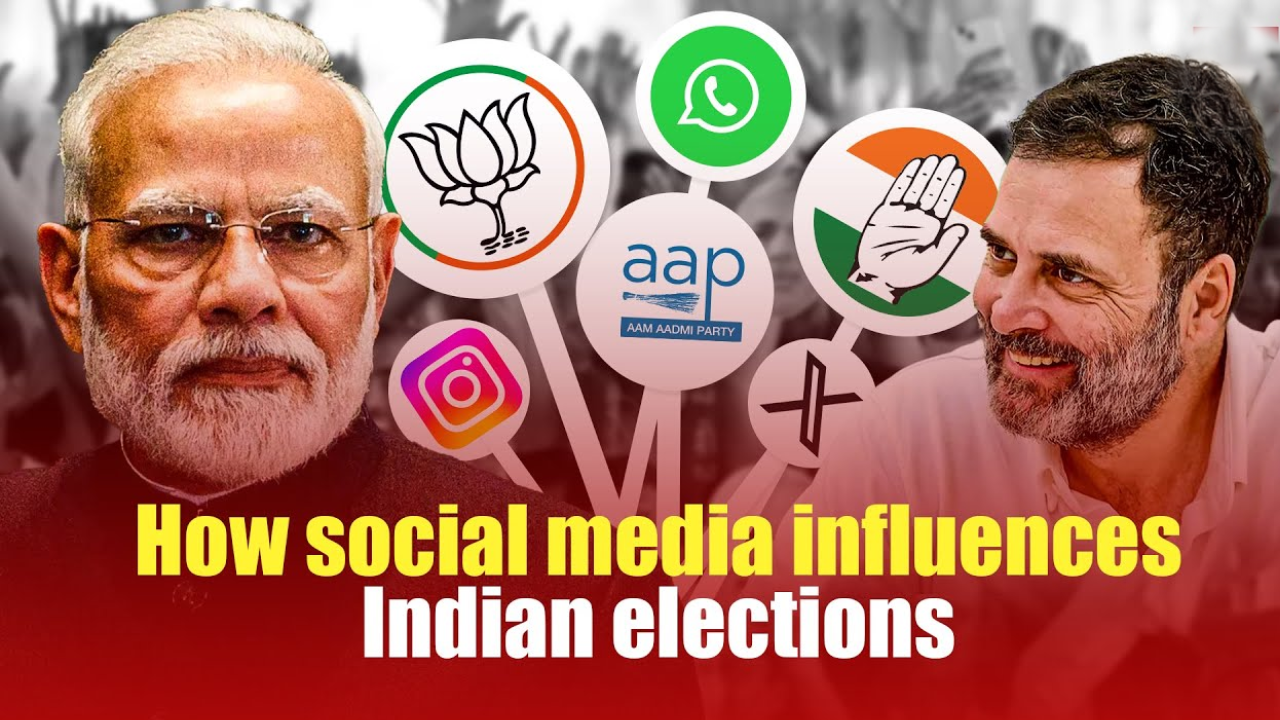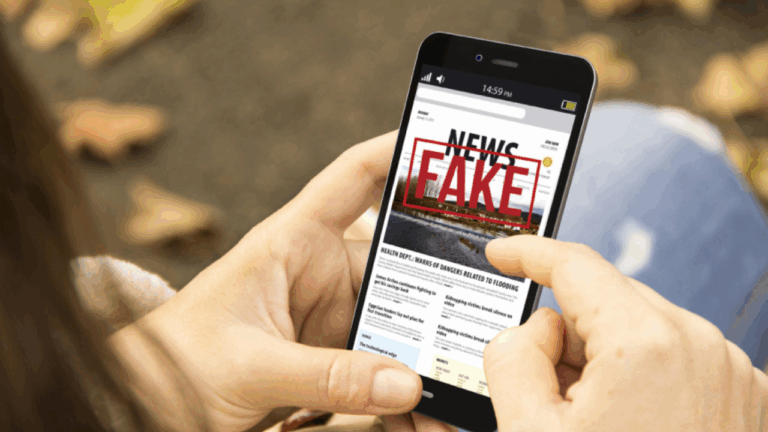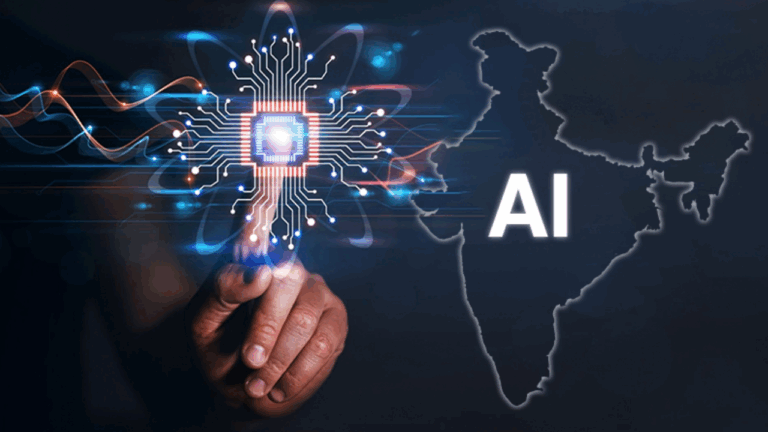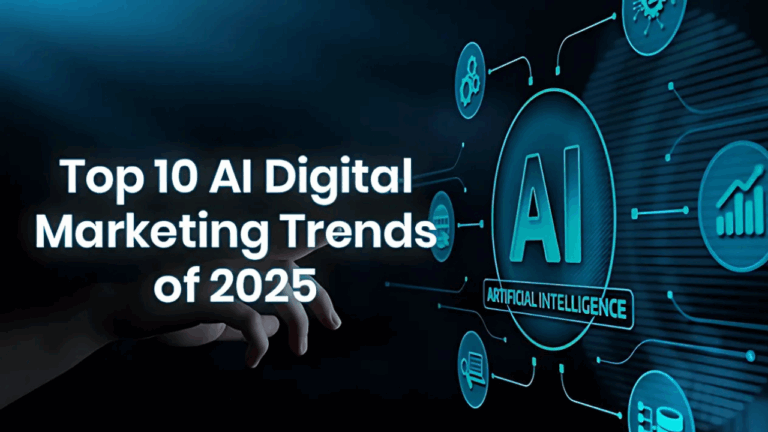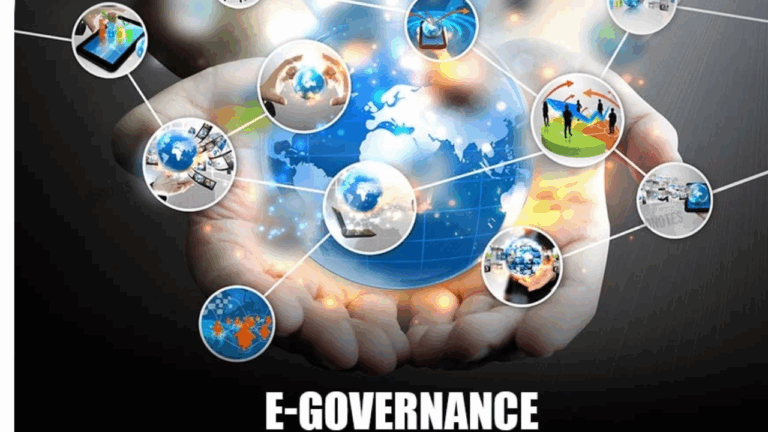Regulation of Political Ads on Social Media Platforms: What Voters in India Need to Know
Why Political Ads on Facebook, Instagram, and X Are Under the Scanner
In 2025, social media is not just a place for fun and entertainment—it’s also a major battlefield for politics. Political parties are using platforms like Facebook, Instagram, and X (formerly Twitter) to reach voters. But the big question is: Who is checking what they post and advertise?
With elections around the corner, concerns are rising over fake news, hidden sponsors, and misleading political ads. In this guide by Social Impact Insight, we break down the current laws, loopholes, and what every Indian voter should be aware of.
Why Regulation Matters in 2025
Millions of Indians scroll social media daily. When they see political content—be it videos, memes, or posts—it can influence how they think and vote. That’s why political advertising needs to be fair, honest, and transparent.
Without proper rules, politicians can spread fake news, show deepfake videos, and run ads without revealing who is behind them. This misleads people and harms democracy.
What the Current Rules Say
In India, the Election Commission of India (ECI) has a few important rules about political ads:
| Rule Type | What It Says |
| Pre-Certification | Every political ad must be approved by the Media Certification and Monitoring Committee before going live. |
| Spending Limit | Political parties must report how much money they spend on online promotions. |
| Disclosures | Platforms like Facebook must show who paid for the ad and how many people saw it. |
In addition, the IT Rules 2021 and Data Protection Act 2023 also apply. These ask platforms to remove illegal or misleading content and protect users’ personal data from misuse.
Loopholes and Challenges
Even with these rules, many problems still exist:
- Hidden Sponsors: Some political ads don’t clearly show who paid for them. This is a big issue on platforms like Facebook, as reported by global media.
- Deepfake Videos: With AI tools, parties can create fake videos of leaders saying things they never said. These are hard to detect and even harder to stop quickly.
- No Real-Time Action: Many times, harmful or false ads are taken down only after the damage is done.
- Lack of Voter Awareness: Most people don’t know how to check if a political ad is genuine or misleading.
What Role Does AI Play?
Artificial Intelligence is a double-edged sword in politics. While it can help identify fake content, it also helps bad actors create deepfake political content, target users based on religion or caste, and spread propaganda at scale.
This was seen in recent elections where fake videos of popular leaders went viral just days before voting.
What Needs to Be Done
To fix these issues, India needs to strengthen its digital laws and create a level playing field. Here are some practical suggestions:
- Stricter Ad Verification: Platforms must verify every political ad before it goes live.
- Real-Time Monitoring: A central team should track political ads 24×7 during election periods.
- Clear Penalties: If a party breaks ad rules, it should face heavy fines and bans.
- Public Awareness Drives: Voters should be taught how to spot fake news and verify sources.
Final Thoughts from Social Impact Insight
Political ads on social media are not just small messages—they are tools that can change the course of elections. In a country like India, with over 80 crore internet users, digital political ads must be regulated properly.
As voters, we must stay alert. And as a society, we must demand truth, fairness, and transparency in digital campaigning.
For more updates on Indian politics, elections, and policy changes, bookmark Social Impact Insight and stay informed with news that matters to you.
✅ Easy to understand updates
✅ Verified and factual information
✅ Clear news without confusion

